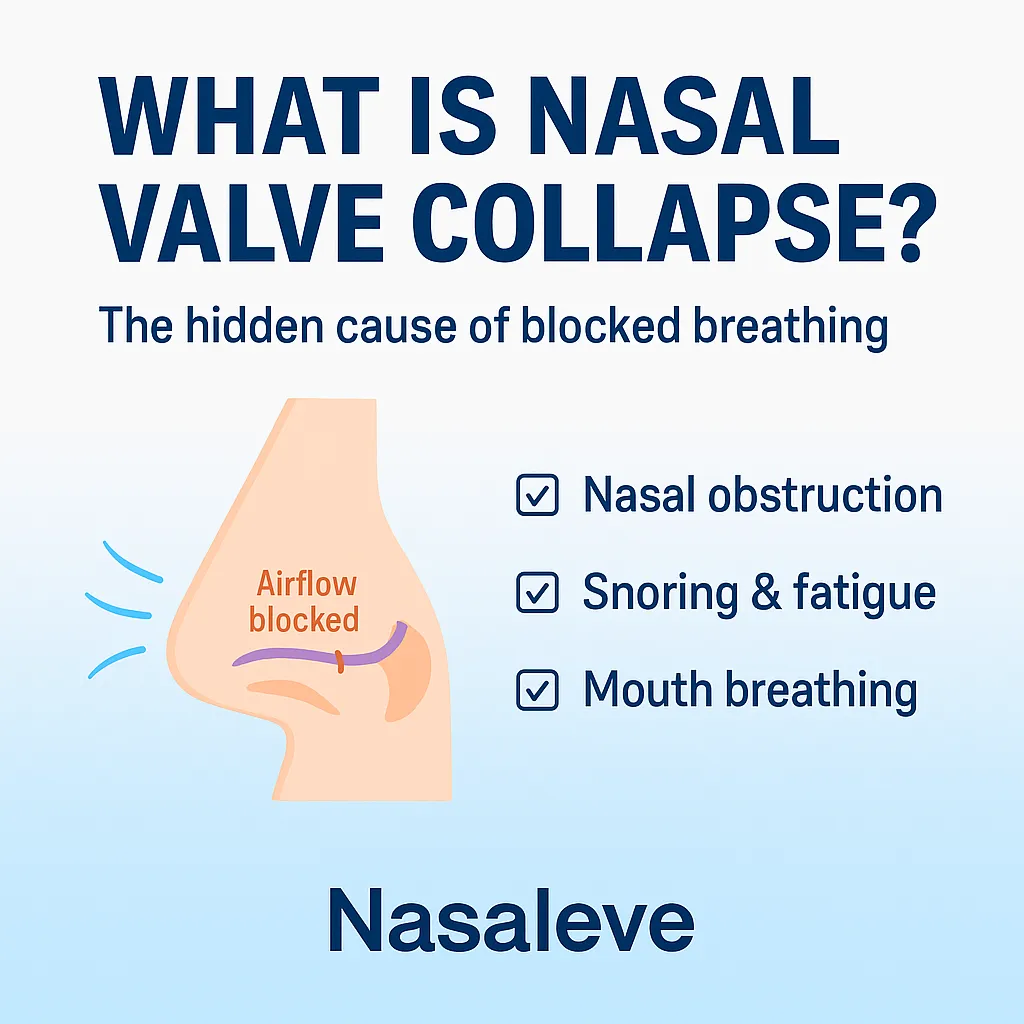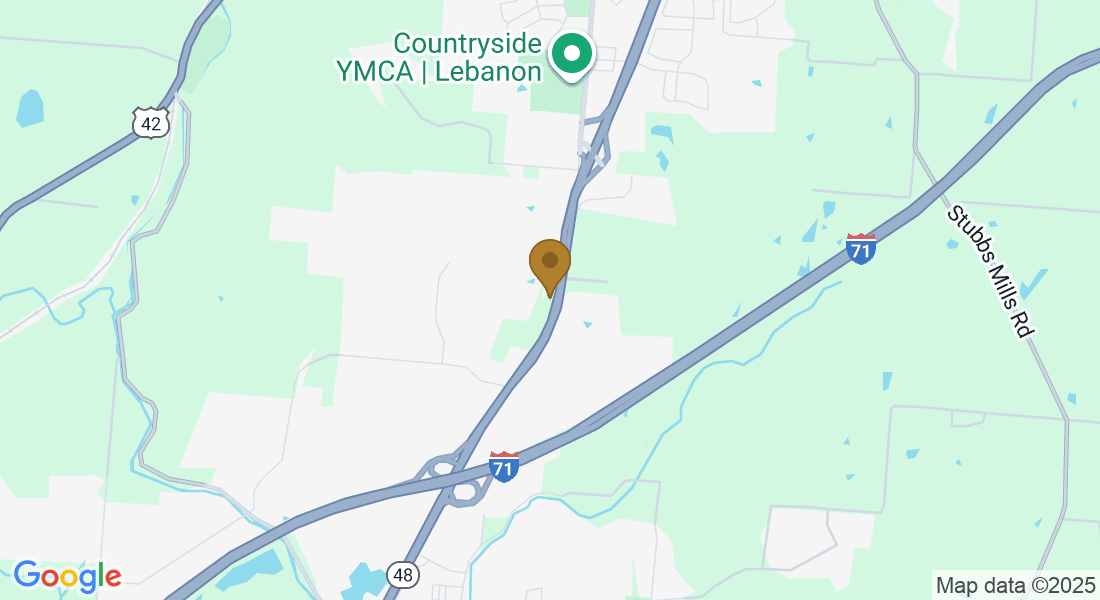
What Is Nasal Valve Collapse? (The Hidden Cause of Blocked Breathing)
Introduction
If you’ve ever felt like no matter how hard you try, you just can’t get enough air through your nose—you’re not alone. Millions of people live with nasal obstruction and don’t realize the problem may not be allergies or a deviated septum, but something called nasal valve collapse.
It’s a condition that often flies under the radar, yet it’s one of the most common—and most overlooked—causes of chronic breathing issues. Let’s break it down simply.
What Exactly Is the Nasal Valve?
Think of your nose like a hallway. The internal nasal valve is the narrowest doorway in that hallway. Every bit of air you breathe through your nose has to pass through this small space.
When the sides of your nose are strong and supported, the valve stays open. But if the structure is weak or collapses inward when you inhale, it restricts airflow—just like a door being slammed shut while you’re trying to walk through it. That’s nasal valve collapse.
Common Symptoms of Nasal Valve Collapse
You might have nasal valve collapse if you notice:
Difficulty breathing through your nose (especially during exercise or at night)
A sense of “blocked nose” even when you’re not sick or congested
Snoring or disrupted sleep
Reliance on mouth breathing
Worsening fatigue due to poor airflow and low-quality sleep
Many people mistake these symptoms for allergies or a deviated septum. While those conditions can cause similar issues, nasal valve collapse often goes untreated simply because it’s misunderstood.
Why Does It Happen?
Nasal valve collapse can develop for a variety of reasons:
Natural anatomy – some people are born with narrower valves.
Aging – nasal cartilage weakens over time.
Previous surgery – procedures like rhinoplasty or septoplasty can unintentionally destabilize the nasal valve.
Trauma – injuries to the nose may compromise its structure.
Traditional Solutions (and Their Limitations)
Doctors sometimes recommend:
Nasal strips – adhesive bands that pull the nose upward. These can help slightly, but they don’t target the valve itself.
Nasal cones/dilators – devices inserted inside the nose, often uncomfortable and impractical.
Surgery – procedures like grafts or implants, which are invasive, costly, and not always effective long term.
The problem with most of these solutions? They fail to directly support the nasal valve laterally (from the sides), which is where collapse actually happens.
A Smarter Approach: Supporting the Valve From the Outside
That’s where innovations like Nasaleve come in. Instead of pulling from the bridge of the nose or forcing something inside your nostrils, Nasaleve applies gentle, lateral support exactly where the valve collapses.
The result:
More open airflow
Smoother, easier breathing
Better sleep and energy
Non-invasive, drug-free relief
Final Thoughts
Nasal valve collapse is often ignored, but it doesn’t have to control your life. If you’ve tried allergy sprays, nasal strips, or even surgery without lasting relief, your nasal valve might be the hidden culprit.
The good news? With awareness and the right tools, you can restore smooth, natural breathing. And once you do, better sleep, better performance, and better energy often follow.
Call to Action:
👉 Want to learn more about natural solutions for nasal valve collapse? Explore Nasaleve and discover how smarter support can help you breathe easier.


